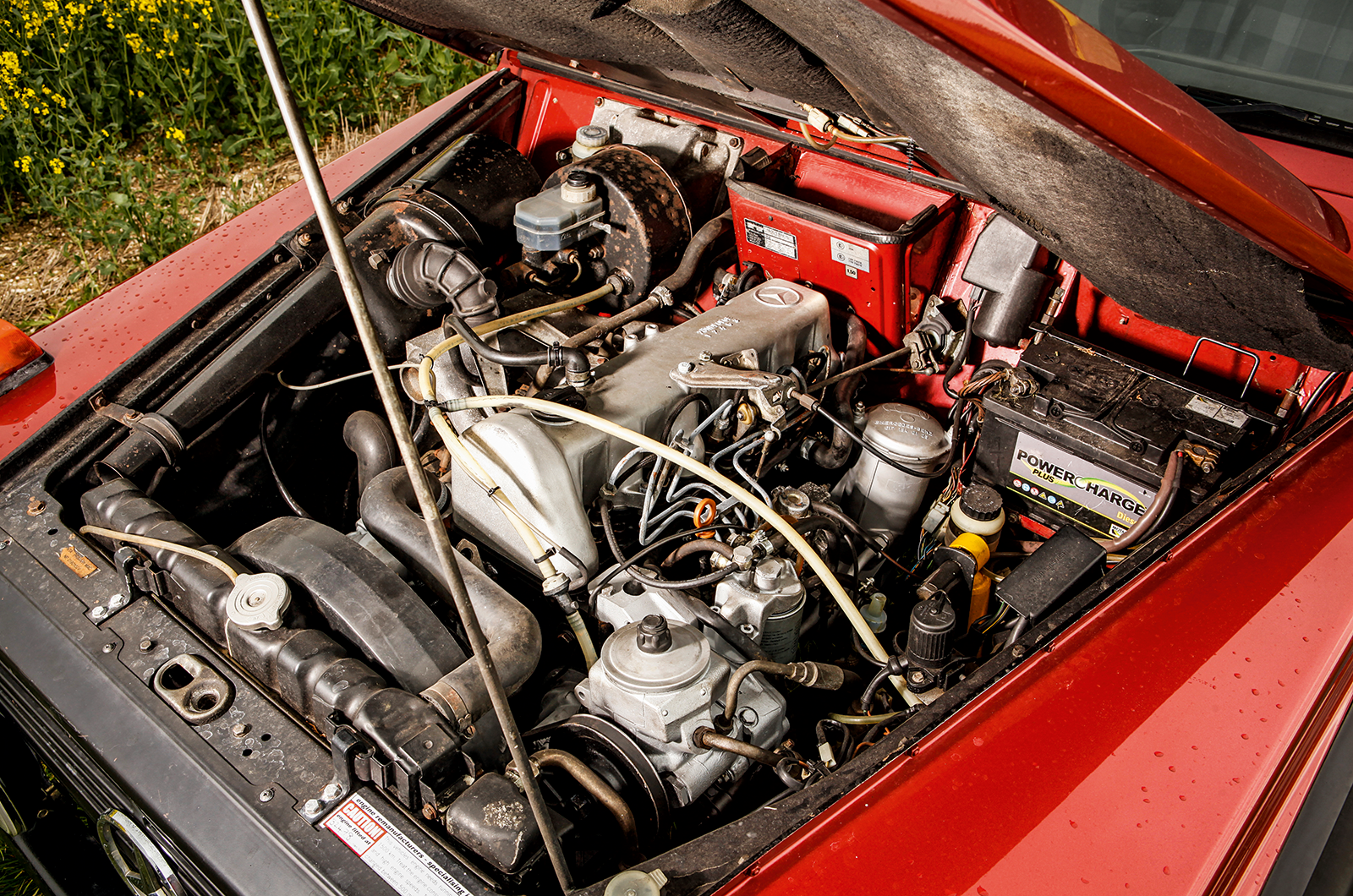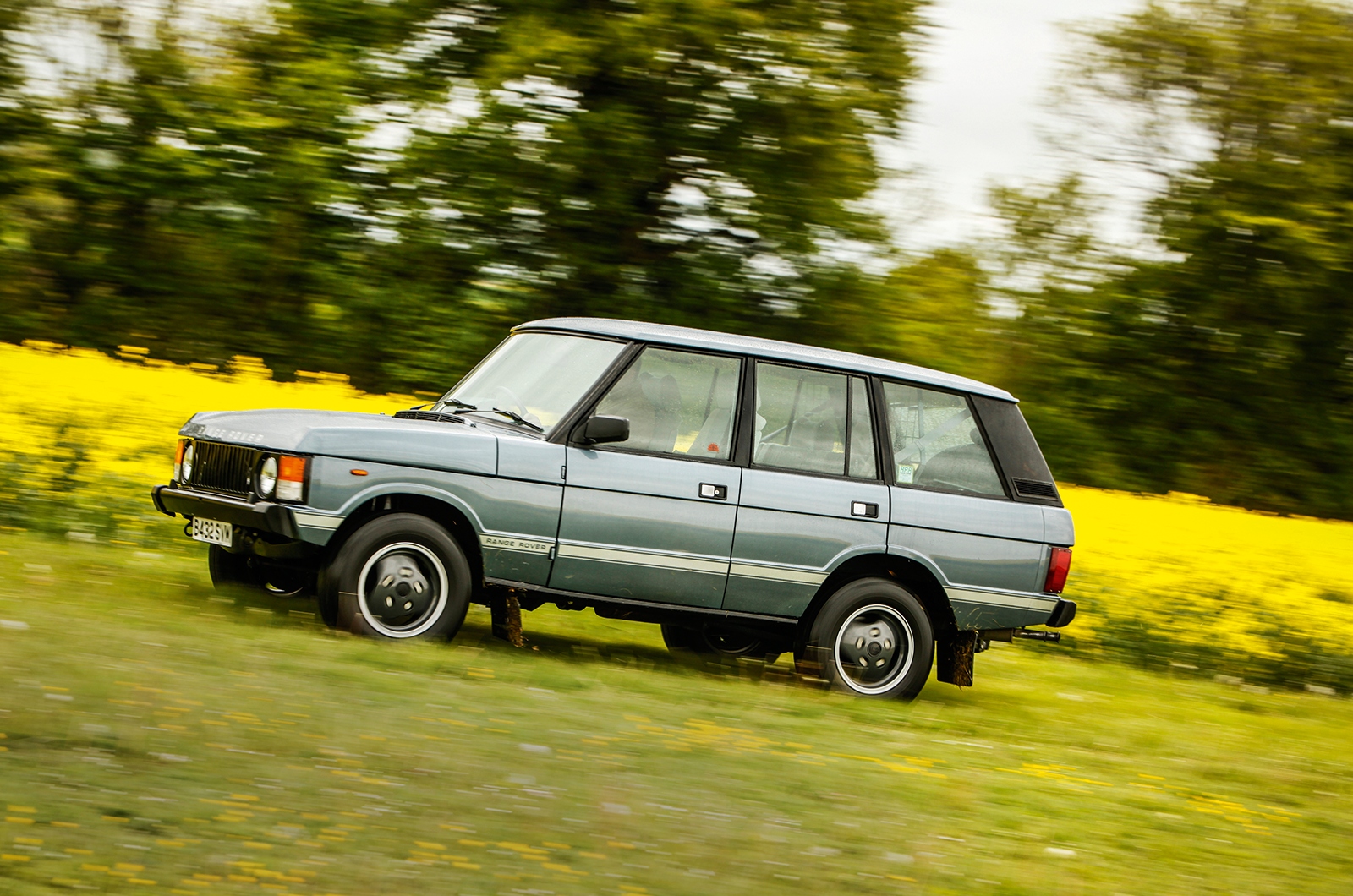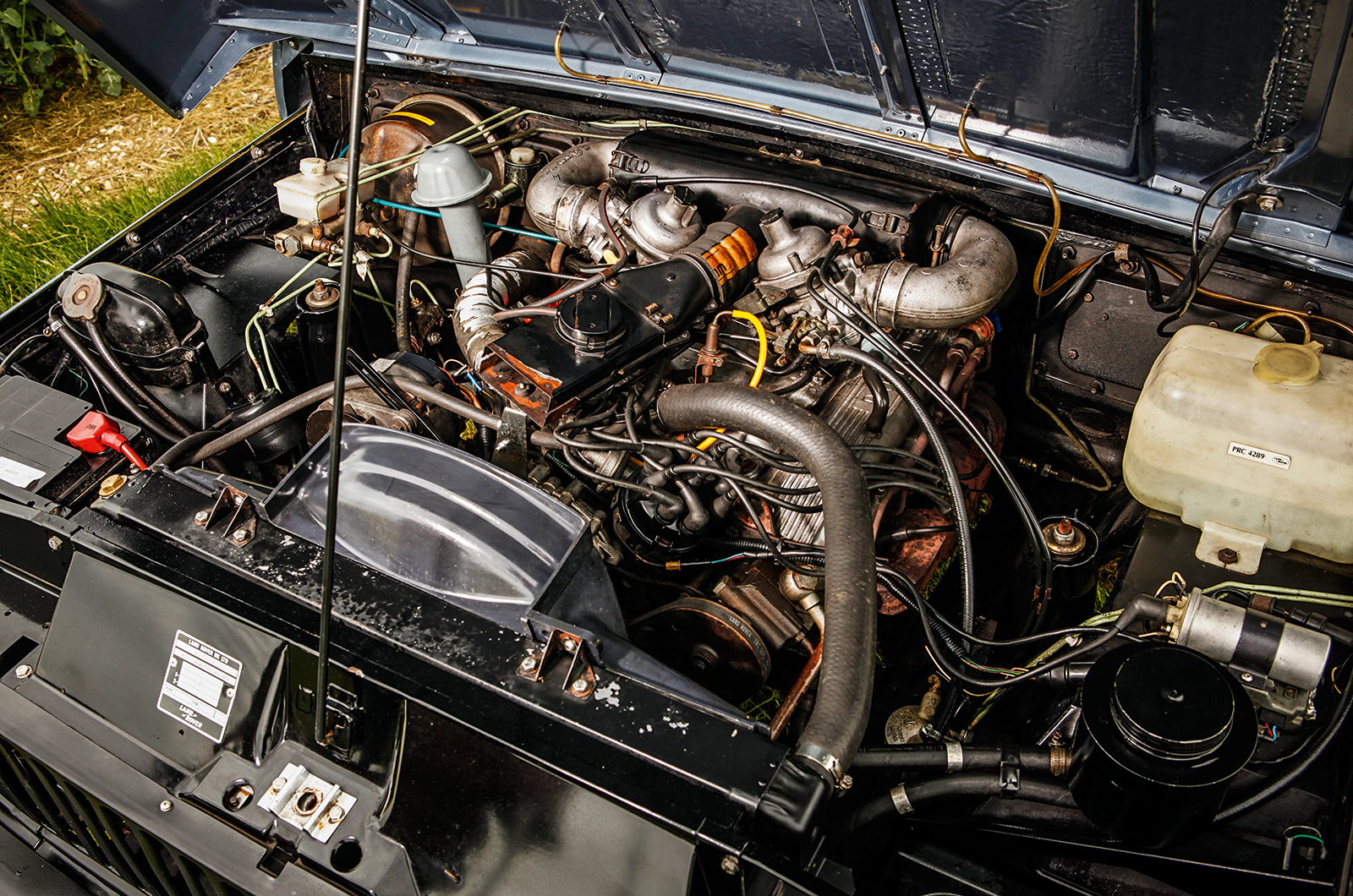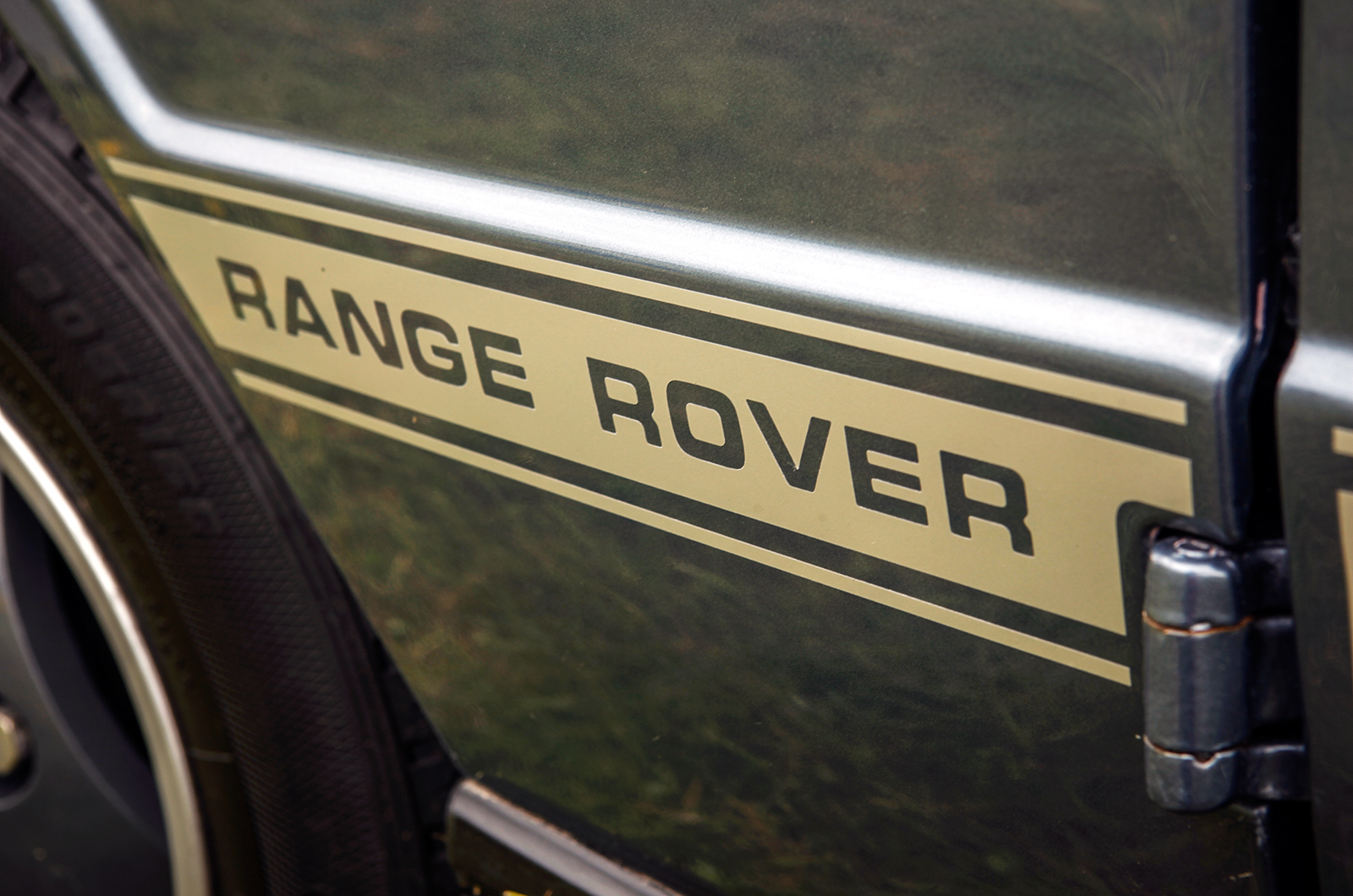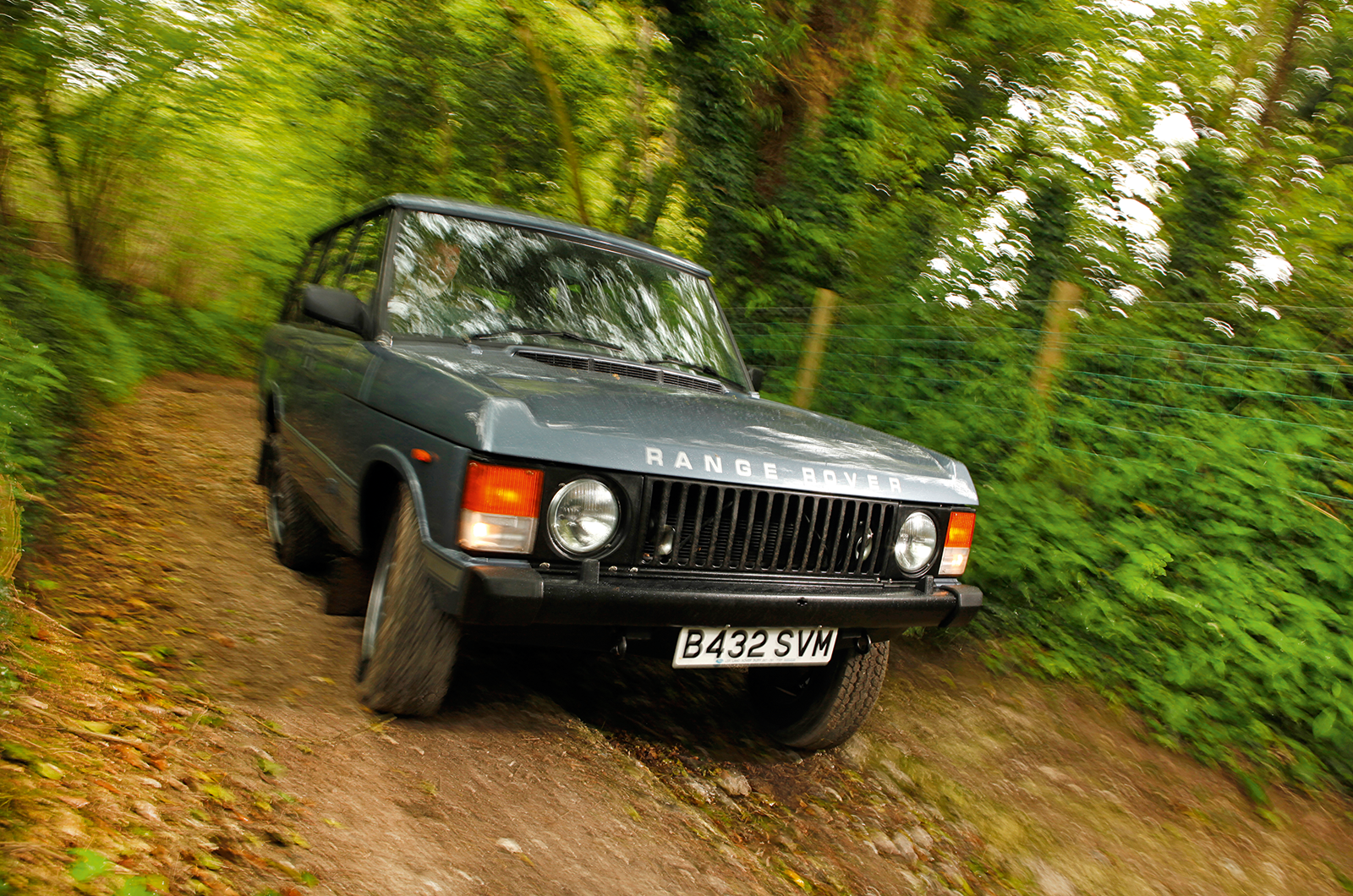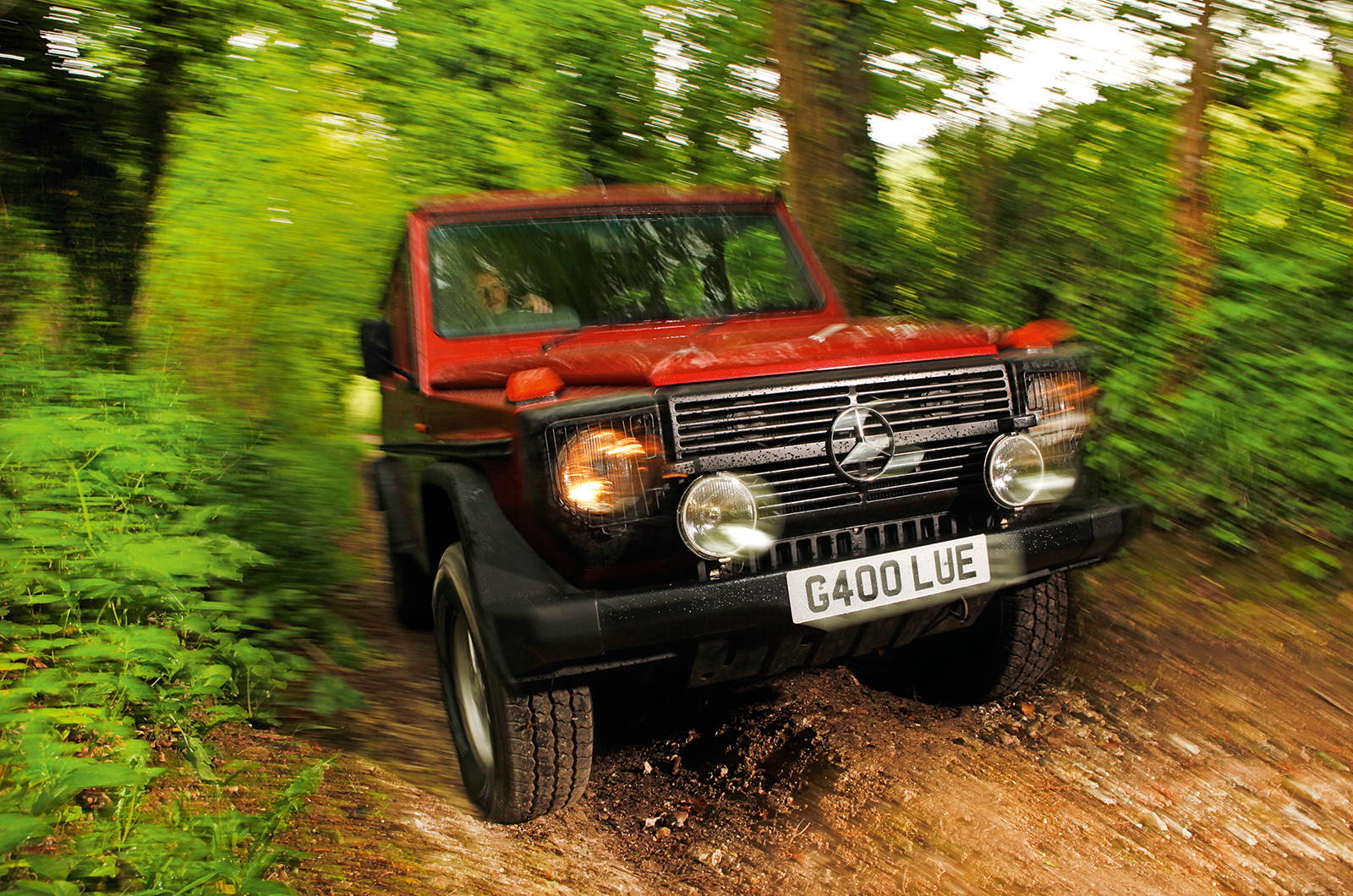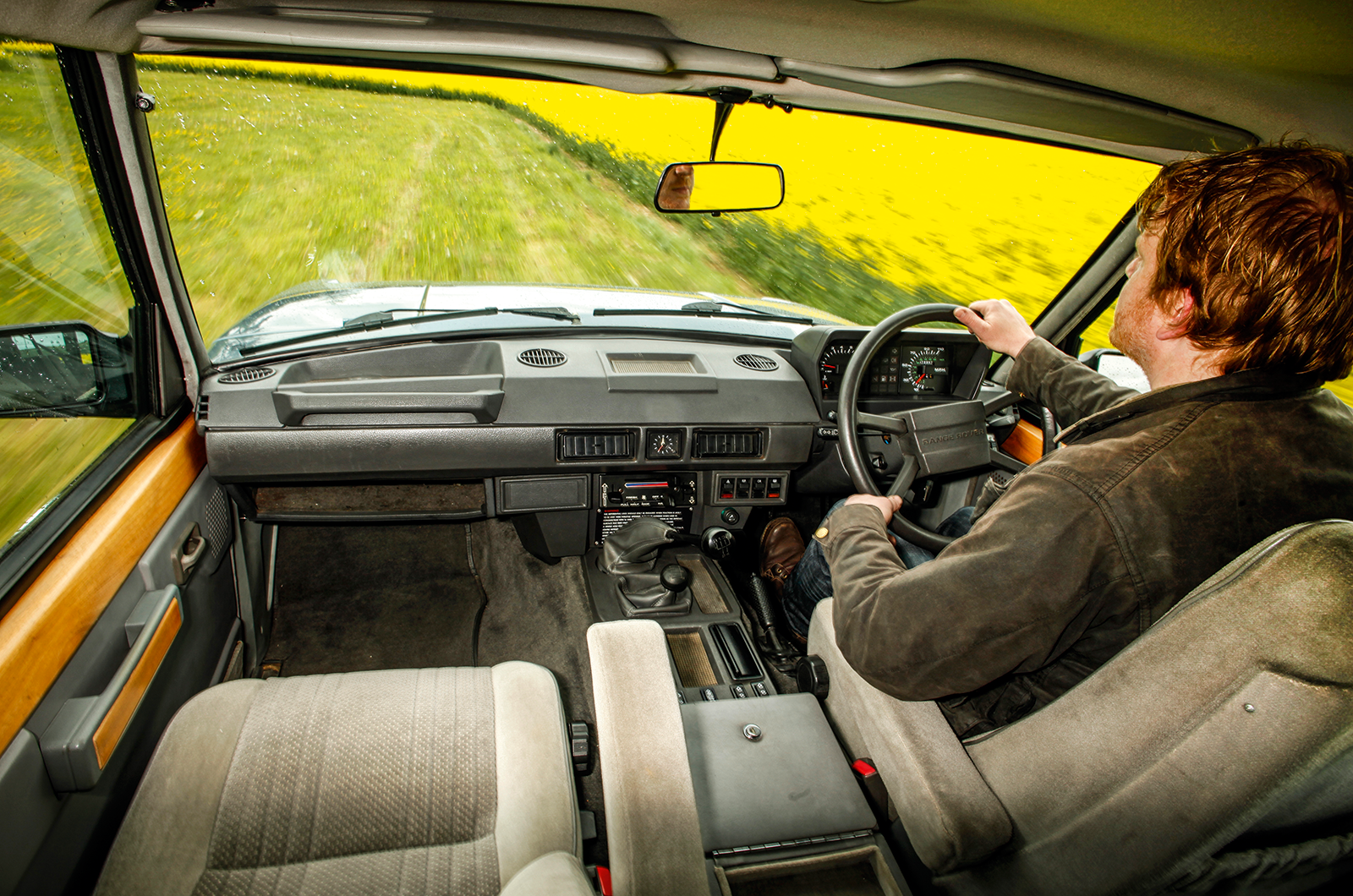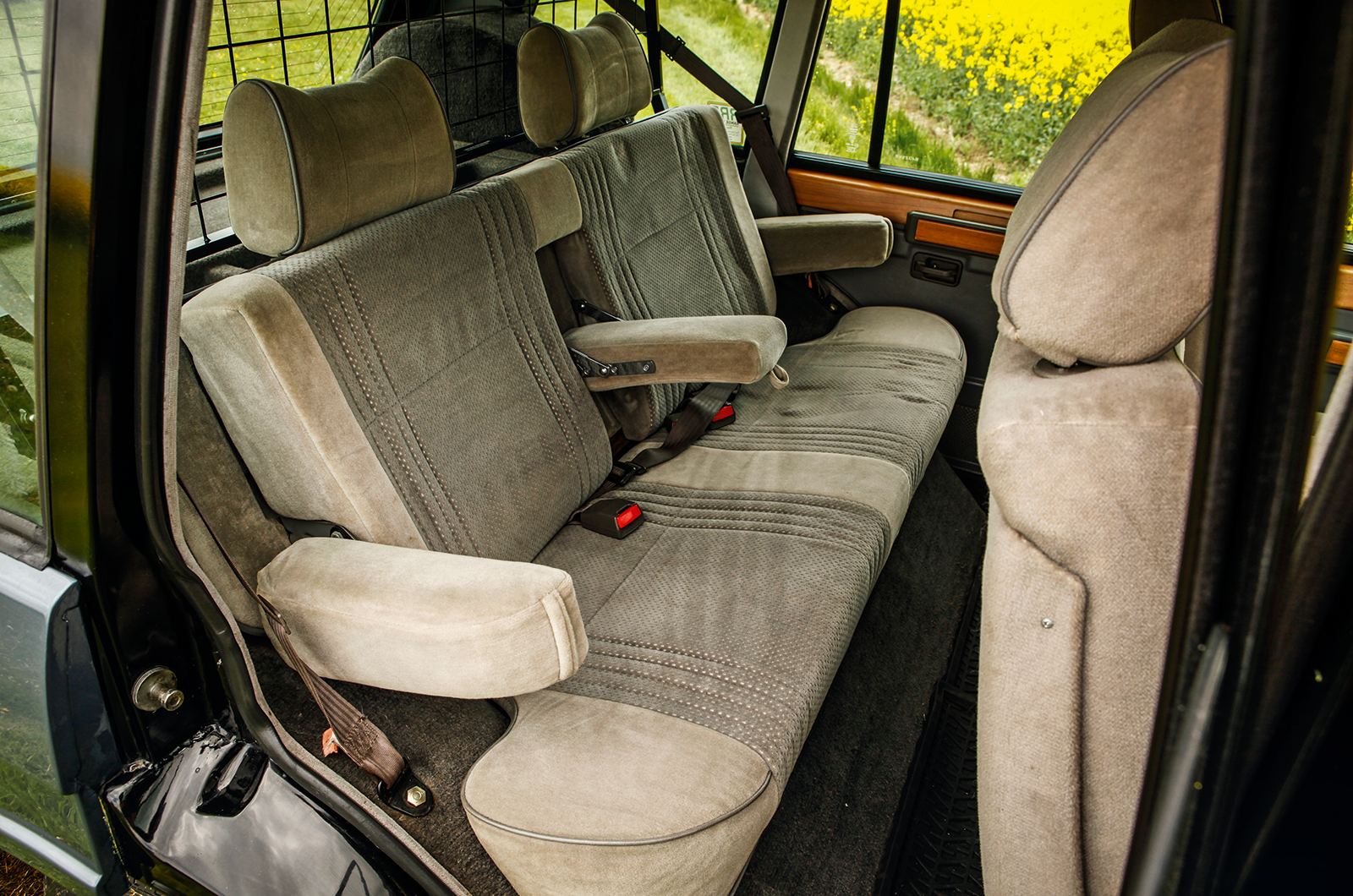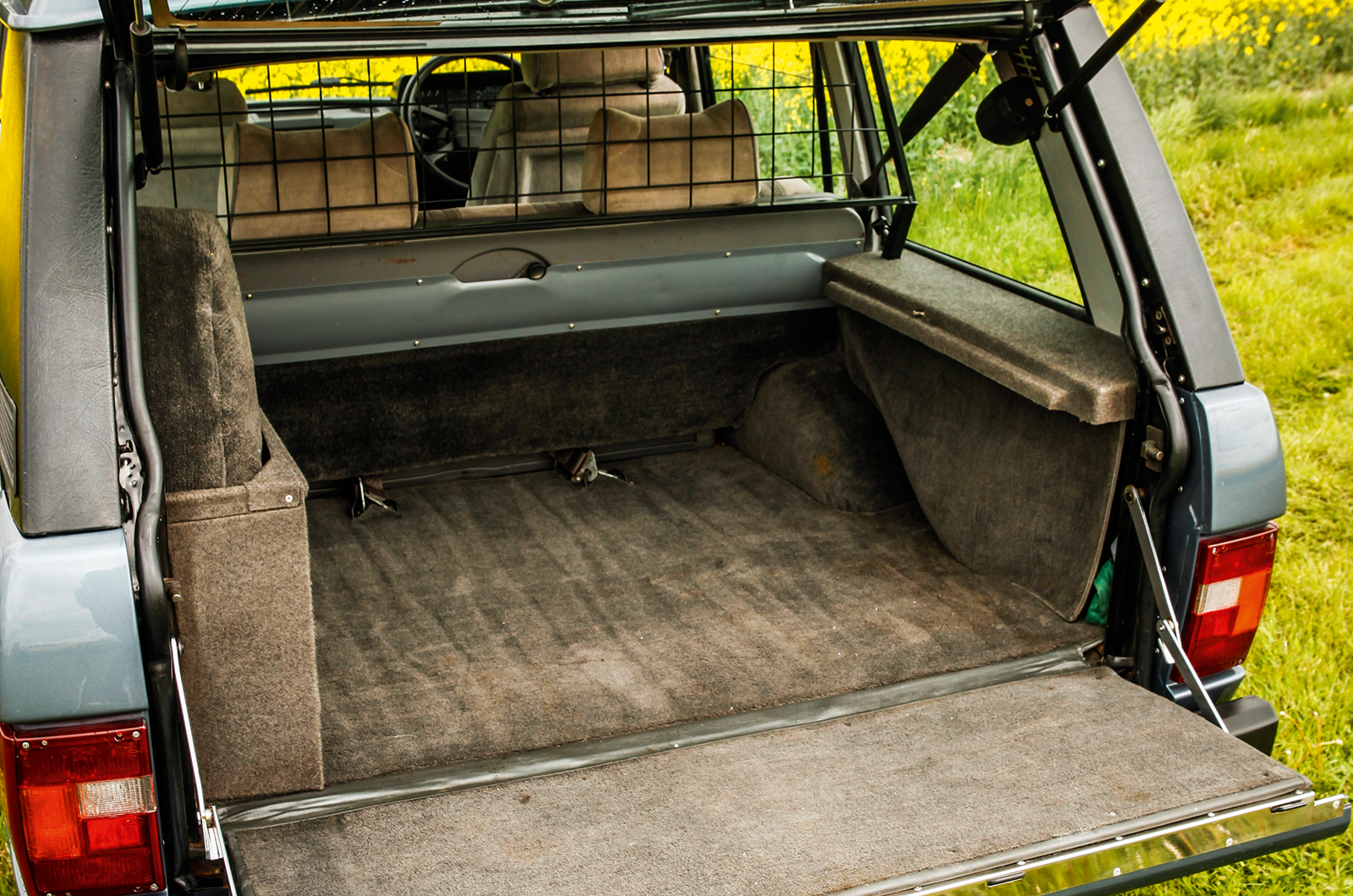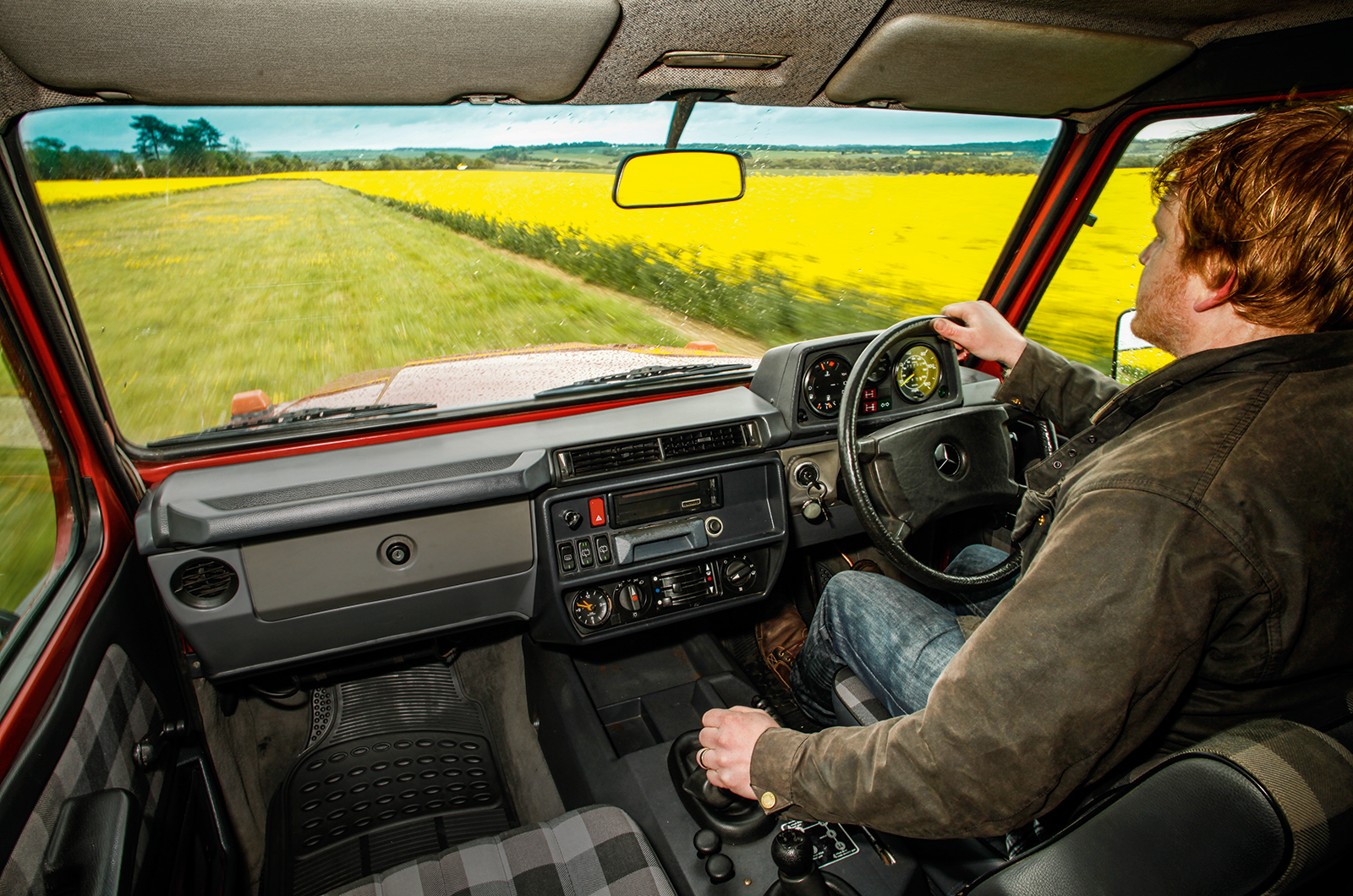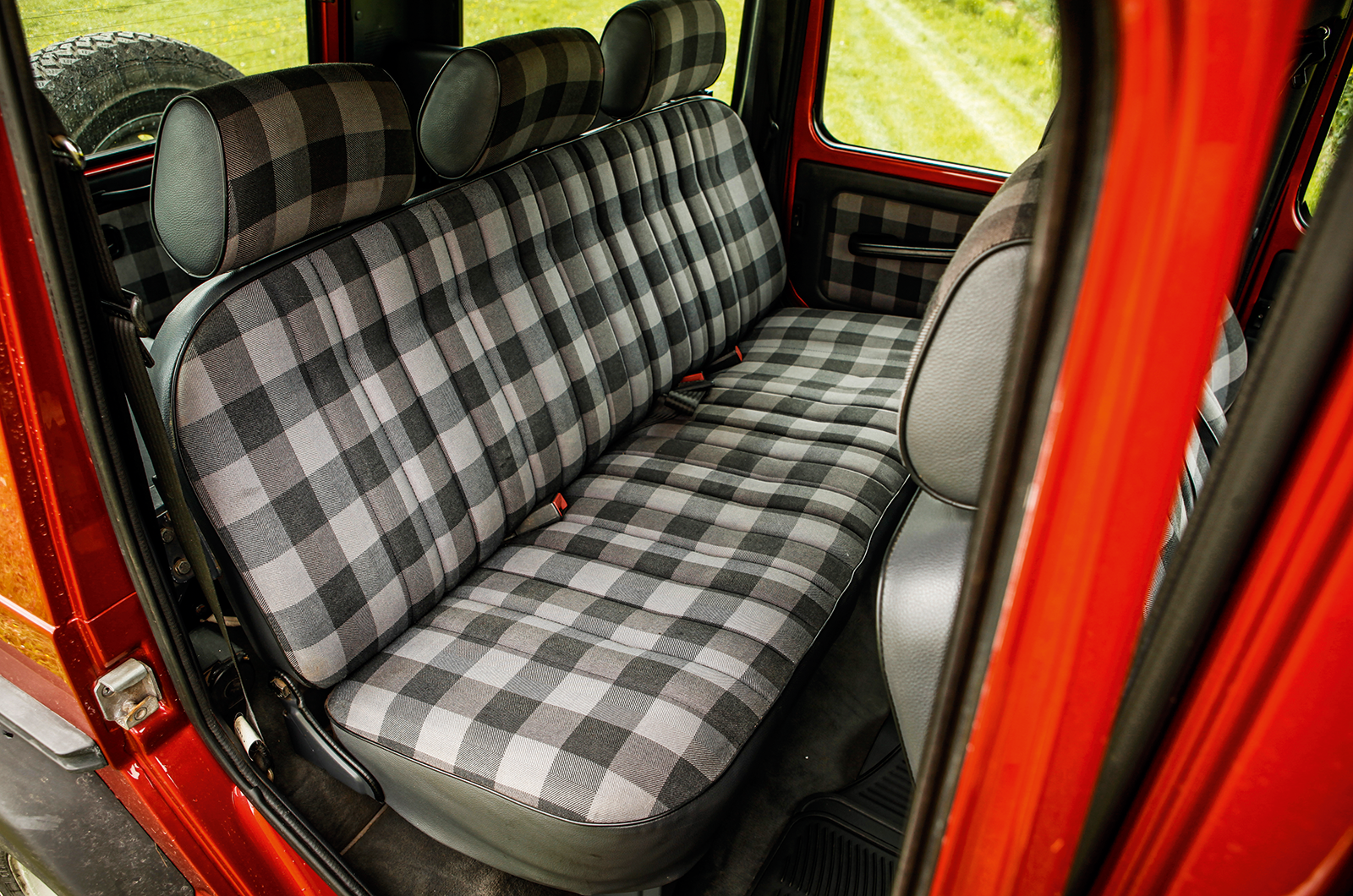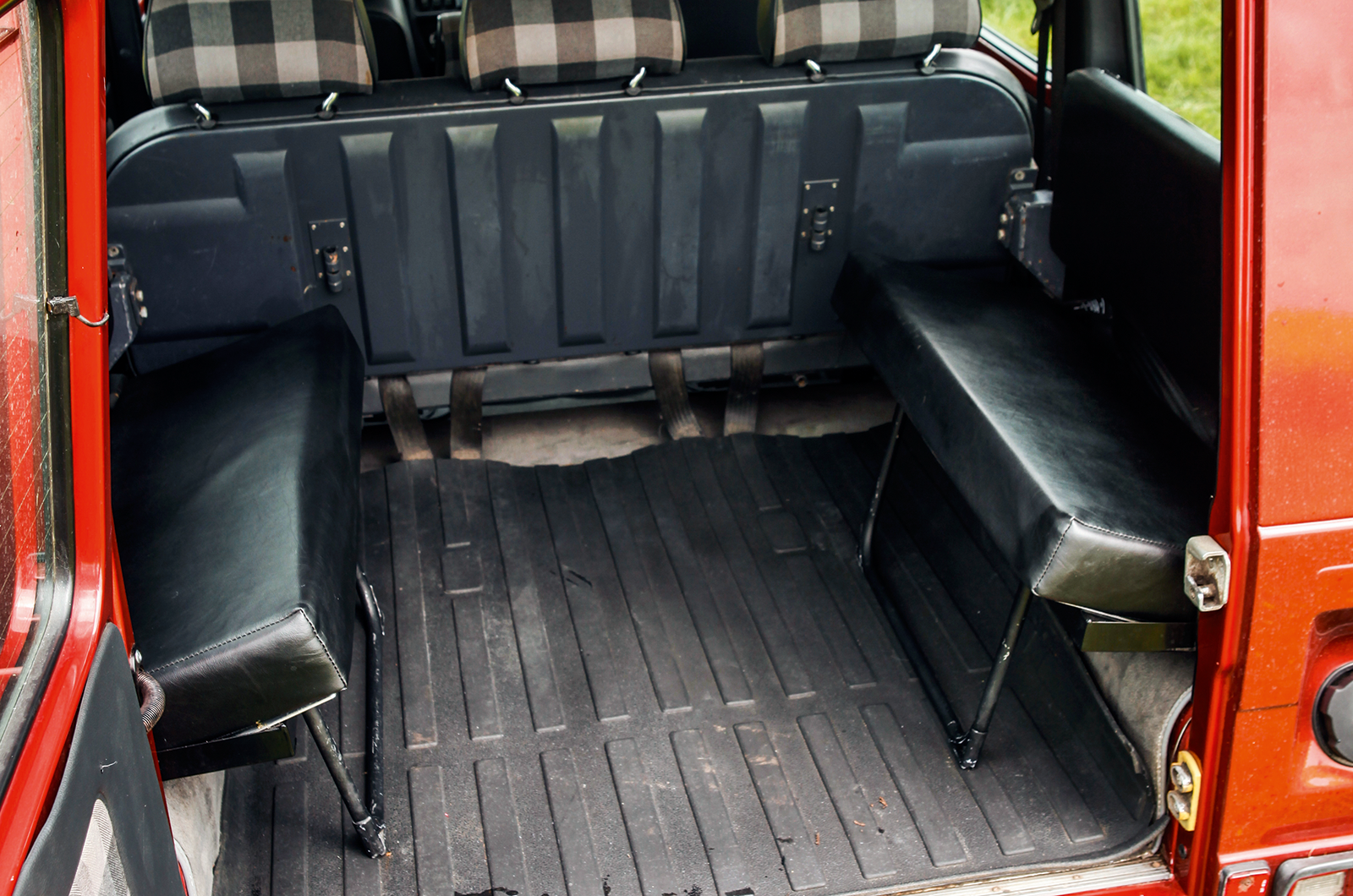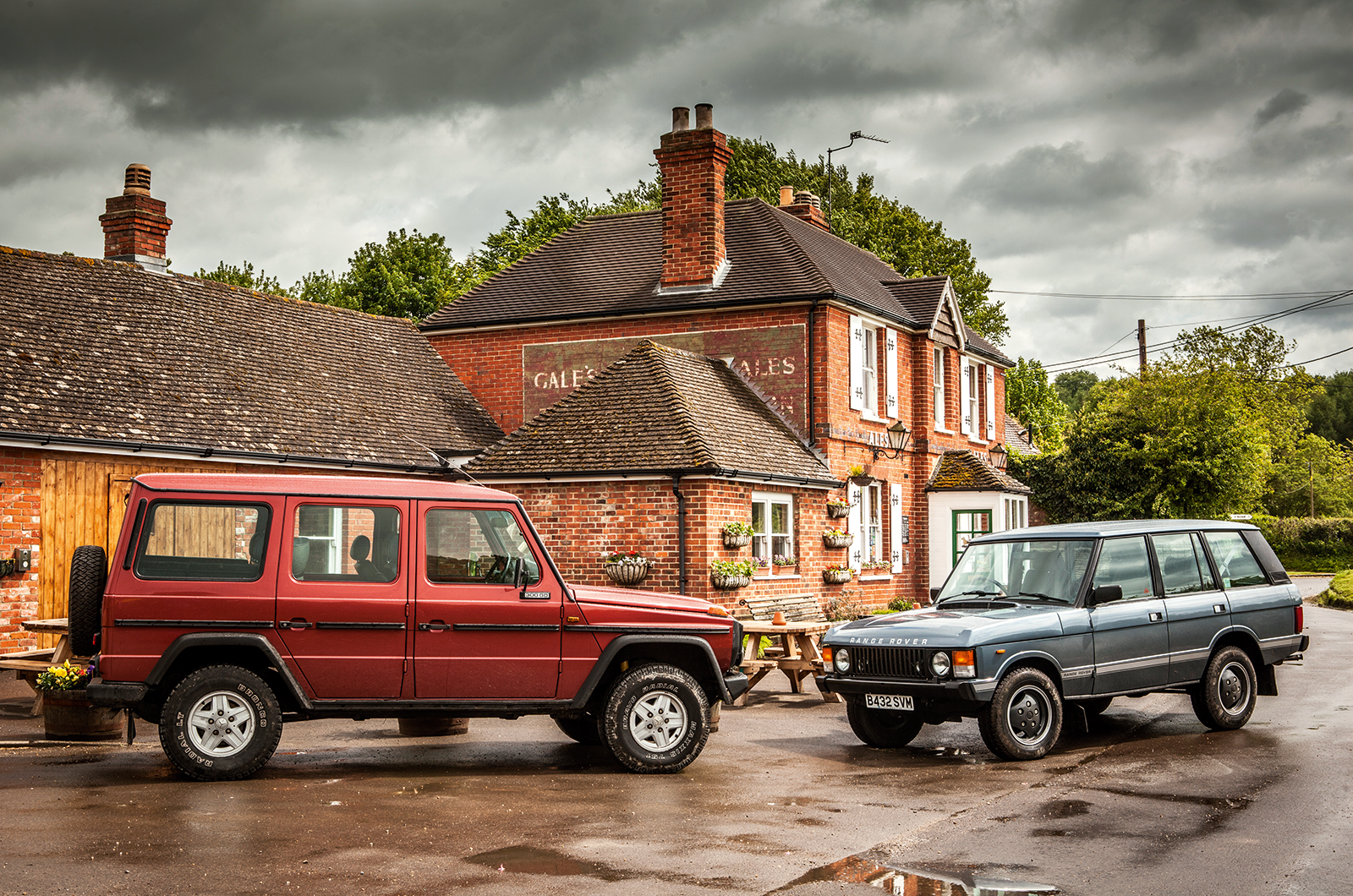
The forecast is for rain. Lots of it. Even photographer Baker calls to see if we should cancel, but there are two overriding reasons why this particular shoot doesn’t need to be rescheduled: the vehicles themselves.
Fortunately for us, we are testing something rather more substantial than a pair of delicate Italian soft-tops that, if myth is to be believed, would be heard fizzing away in the lightest of showers.
Instead, we’ve got two proper toys to play with, which means that the suede loafers and sports jacket have been left in the cupboard in favour of a stout pair of boots and a Barbour.
We’re not talking about a complete ‘back-to-basics’ experience, though, because the pairing of Range Rover and Mercedes G-Wagen offers an insight into the world of luxury 4x4s that came to prominence in the late 1970s and early ’80s.
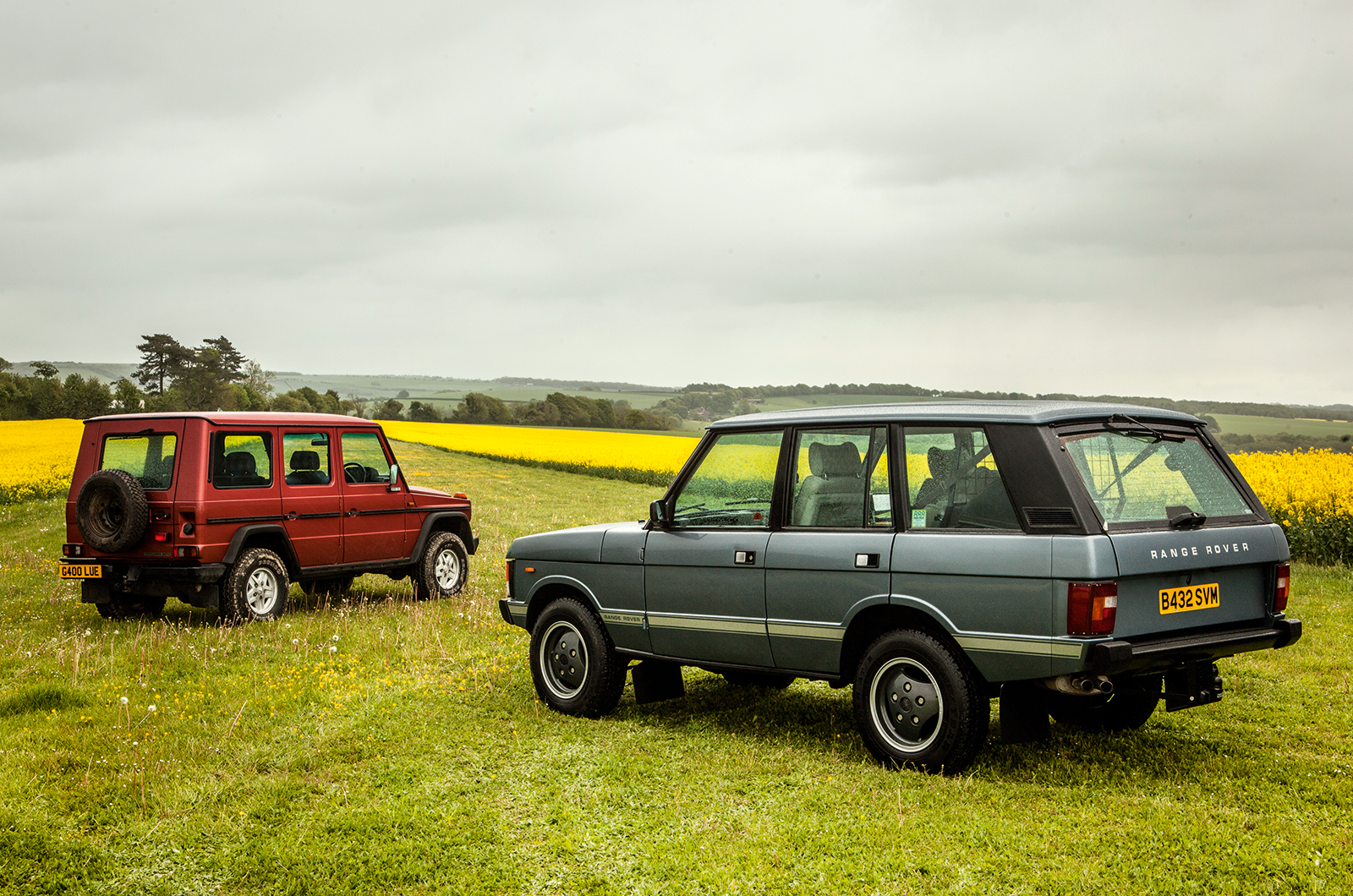
Luxury off-roaders are now all the rage, but in the 1980s the Range Rover and Mercedes G-Wagen had few peers
Previously, those country folk who wanted an alternative to their Land-Rover were left a little high and dry. Solihull’s staple seller was more than capable, but it lacked creature comforts and was basic even when compared to the standard saloon car of the previous decade.


